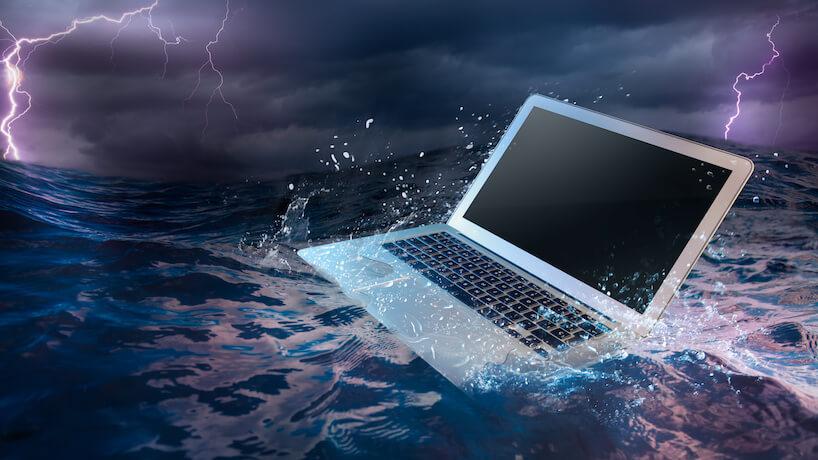Event organizers have heard stories and statistics that support the benefits of broadcasting educational sessions and capturing content for on-demand viewing: reaching a wider audience, uncovering new revenue streams, connecting with busy attendees who cannot travel to a face-to-face event, and range of other positive outcomes from a strong digital strategy. However, online engagement has plenty of potential pitfalls, too. Last week, graduates of the Digital Event Strategist program tuned in for an exclusive webinar with two veterans of the digital space, and the audience heard their tales from the dark side of digital broadcasting.
Wait, Where’s the Internet?
A strong connection is the lifeline of a live-streamed program, but Jennifer Kingen Kush, executive director of the Digital Experience Institute, has seen that signal dwindle to nothing during the most coveted portion of a Convening Leaders broadcast. “A few years, we had tested and tested to ensure that our Internet connection was strong, and all the tests seemed good to go,” Kingen Kush said. “Then, during the middle of one of the most-talked about keynote speakers, the connection started going in and out. The quality started to get worse. We had to request assistance from the IT team at the convention center, and Internet access was way above our heads.”
An Internet blackout is a nightmare situation for a digital event, but Kingen Kush was able to push attendees to Facebook Live to salvage the presentation.
The Speaker Has Left the Building
Technology issues may be at the top of a digital event organizer’s list of worries, but there are other mishaps that have nothing to do with cables, cameras, or connectivity. Years ago, Mary Beth Micucci, president of MBM Strategic Consulting, found herself in a position that had no options for troubleshooting. “We were hosting a live virtual event with three simultaneous sessions, and we were testing microphones,” Micucci said. “Suddenly, we heard one of our speakers start with sirens going off in the background. It was a fire alarm, and she had to evacuate the building. It wasn’t a test, either. There was a true fire in the building.”
“We had about 75 people waiting for the program,” Micucci said. “We had to improvise. The speaker was gracious enough to record a session later, and we sent it out for on-demand viewing. The speaker was safe, and it worked out.”
Looking for tips and tricks to make your digital portion of your events as foolproof as possible? Check out these resources from DEI, and consider enrolling in the DES course to help your organization navigate the potential landmines of the digital space.

